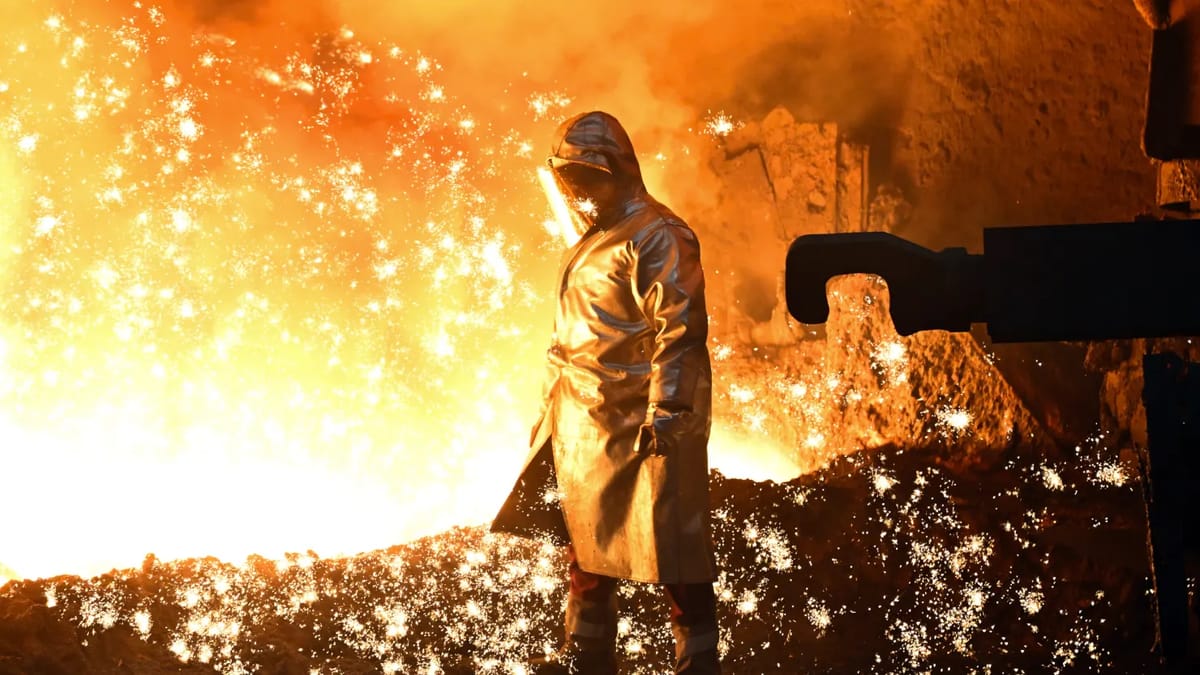Featured Posts

Last week, people saw the 7% spike in the S&P 500 and called it a relief rally. Markets breathed. Volatility cooled off for a moment. But what actually happened wasn’t just a response to Trump’s sudden 90-day tariff pause. It was a pressure release after days

Let’s talk markets. Specifically, let’s talk about what just went down (literally) in the Nasdaq this week. If you’ve been paying attention—or maybe even if you haven’t—it’s gotten pretty ugly pretty fast. I even tweeted something about it: Markets take the stairs up

The drop happened fast! If you blinked sometime in February, you might’ve missed that we were at new all-time highs. Now? We're in full correction territory. Just yesterday, the S&P 500 fell more 2%, and now close to 10% in less than a month. Not

Did you know that 56% of Wisconsin’s agricultural exports could be impacted by tariffs from Canada, Mexico, and China? Wisconsin now represents the 11th largest exporter of agricultural products in the U.S., up from 13th in 2023 (WI DATCP). In 2024, Wisconsin’s agricultural exports reached $3.97

Another round of tariff threats just hit, this time with a 25% levy on steel and aluminum imports. Normally, this kind of news would shake up markets, but so far that’s not happening.
Stock futures are up. The Dow, S&P 500, and Nasdaq are all slightly higher to start the week. Gold prices, however, are hitting record highs, and Treasury yields are moving up as well.
So, why is the market brushing this off? And will that last?
Tariff Threats, No Big Reaction
Despite Trump's tariff threat, markets are rising. Dow futures are up 0.2%, S&P 500 futures are up 0.3%, and the Nasdaq is up 0.5%.

Steel stocks are jumping. Nucor, U.S. Steel, and Steel Dynamics are all up, as tariffs could give them an advantage. Other sectors are mostly steady. The bigger focus for investors right now is the upcoming inflation report, which will shape expectations for Federal Reserve policy.
Meanwhile, Treasury yields are also still elevated. The 10-year yield is at 4.5%, still at a historic high.
Gold and Oil Climb
Gold is climbing fast. Prices are up 1.5% to $2,931 per ounce, marking a new record. That suggests at least some investors are hedging against uncertainty.
Oil is also edging up. Brent crude is at $75.18 per barrel, while WTI sits at $71.50, both up 0.7%. The market is waiting to see whether tariffs will impact trade flows, but for now, the reaction has been mostly muted.
Why Markets Aren’t Reacting
There are a few reasons investors aren’t rushing to sell. First, they’ve seen this before. Trump has frequently used tariffs as a negotiation tactic. Markets have learned not to overreact to the first announcement.
Second, the bigger focus is on inflation. The Bureau of Labor Statistics (BLS) is releasing the January consumer price index (CPI) report on Wednesday, which'll tell us whether the Federal Reserve is likely to keep interest rates higher for longer. For most people, we'd call that a bigger concern than tariffs.
For now, markets are treating this as just another policy announcement that may or may not turn into something bigger. But that could change quickly. If the tariffs actually take effect, or if other countries respond with their own trade measures, the market reaction might be different.


